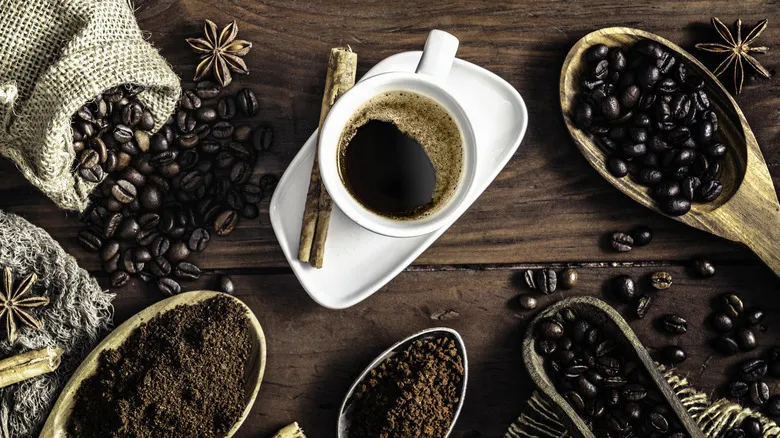What's the caffeine difference in decaf vs. regular coffee?
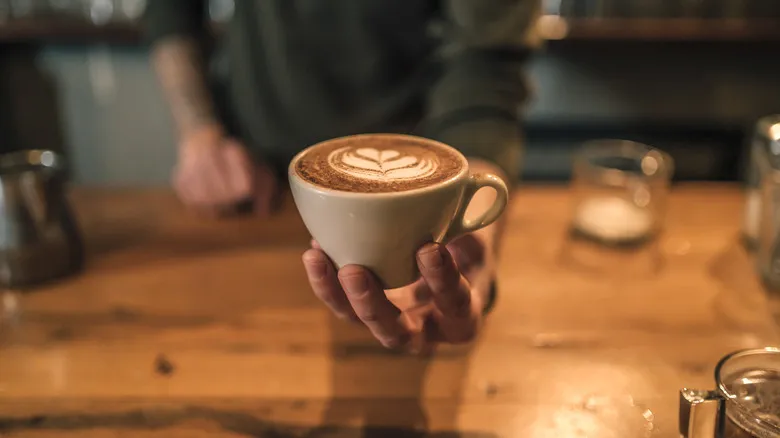
Decaffeinated coffee does contain some caffeine, though in much smaller amounts than regular coffee. The National Coffee Association states that the decaffeination process can eliminate approximately 97% or more of the caffeine found in coffee beans, leaving decaf beans with roughly 3% caffeine.
For context, an 8-ounce cup of decaf coffee typically has between 2 to 15 milligrams of caffeine, as reported by the U.S. Food and Drug Administration (FDA). In comparison, a standard cup of coffee can have anywhere from 95 to 165 milligrams of caffeine, influenced by factors such as the type of coffee bean and the brewing method used.
The FDA suggests a maximum daily caffeine intake of 400 milligrams, which equates to about four to five cups of regular coffee, although individual tolerance levels can vary. Decaf offers a way to savor the flavor of coffee without the associated side effects of higher caffeine levels. However, it's important to note that the precise caffeine content in decaf can differ depending on the brand and the method of decaffeination employed.
How does decaffeination work?
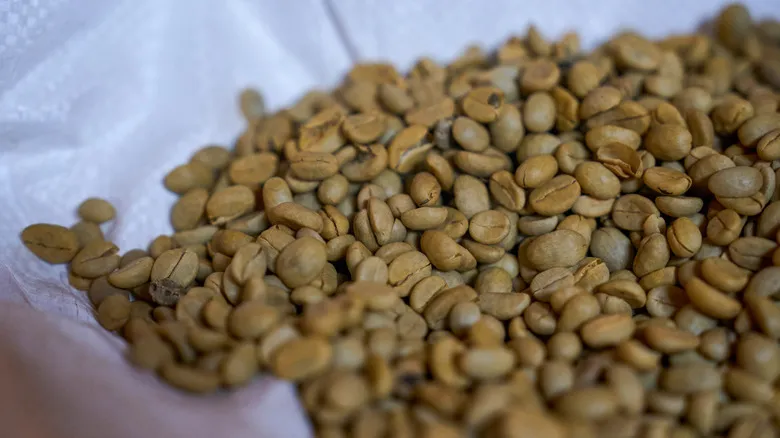
The National Coffee Association outlines several methods for decaffeinating coffee beans. One fundamental approach involves soaking the beans. Green (unroasted) coffee beans are immersed in water, allowing the soluble compounds, including caffeine, to dissolve. Alternatively, a solvent can be used on the beans, which attaches to the caffeine molecules. Afterward, the solvent or water is removed from the beans, taking the dissolved caffeine along with it. The beans are then dried to eliminate any remaining moisture, and the extracted caffeine can be recycled and sold to other companies.
The challenge lies in removing the caffeine while maintaining the flavor compounds. The extent to which flavor is preserved is a topic of discussion. Decaf coffee may exhibit a milder or less intense flavor compared to its caffeinated version. However, this shouldn't deter you from enjoying a decaf cold brew alongside a slice of cinnamon orange coffee cake. There’s still a rich array of flavors to savor, with significantly less caffeine.
Recommended
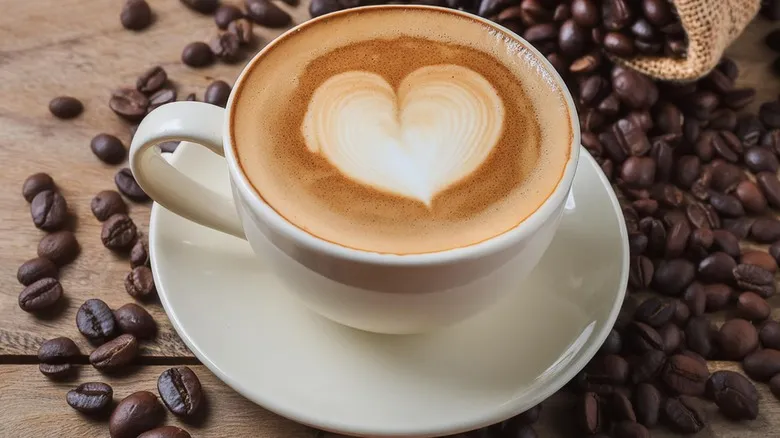
A Coffee Expert's Advice On Making Latte Art For Beginner Home Baristas
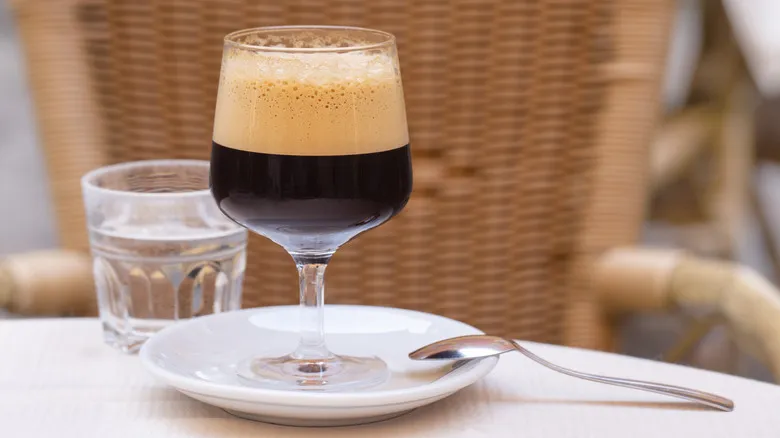
Shakerato: The Italian Iced Coffee Style You Can't Miss Out On
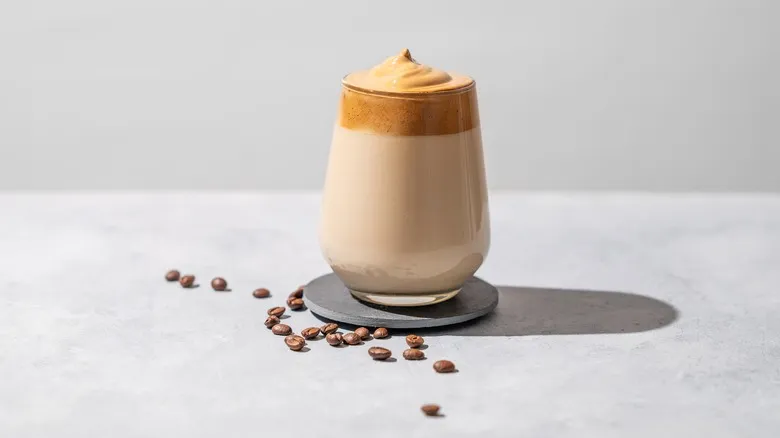
How Just 3 Ingredients Turn Into Fluffy Dalgona Coffee

Swap In Cold Brew For An Extra Smooth Twist On Espresso Martinis
Next up

